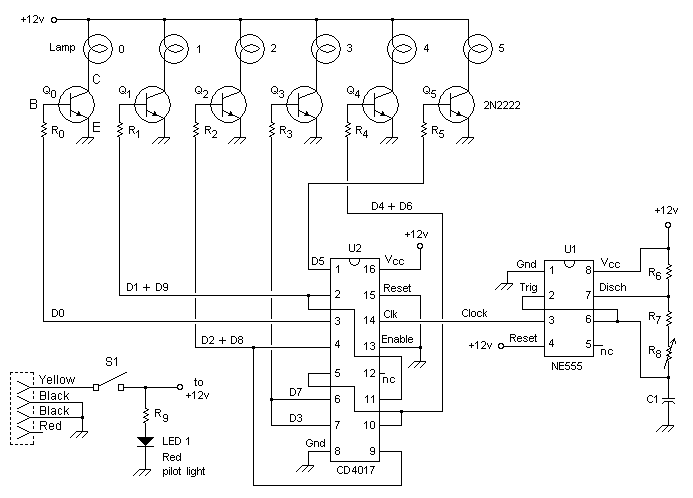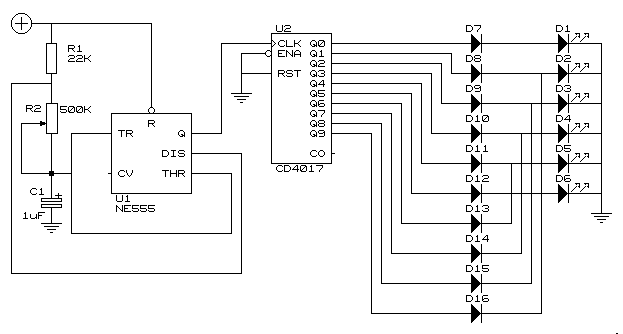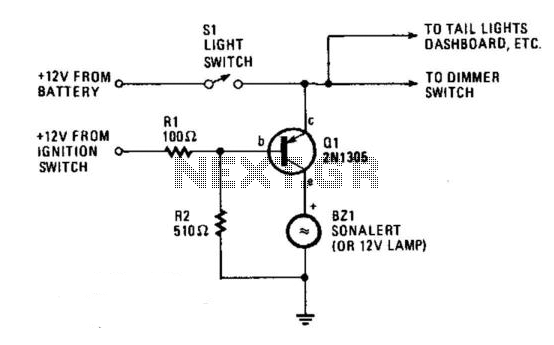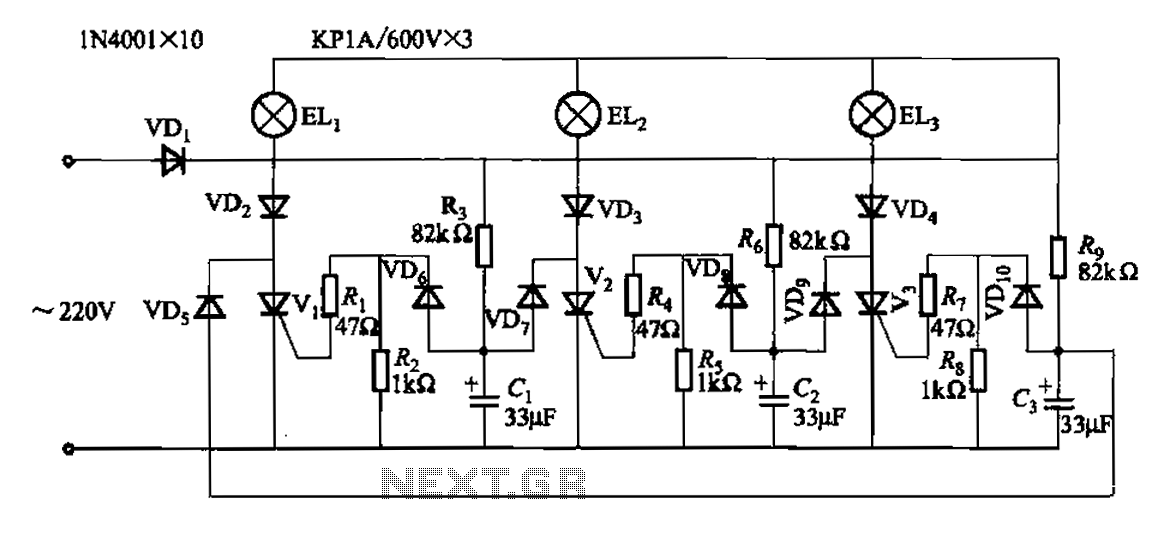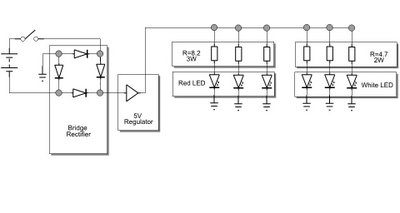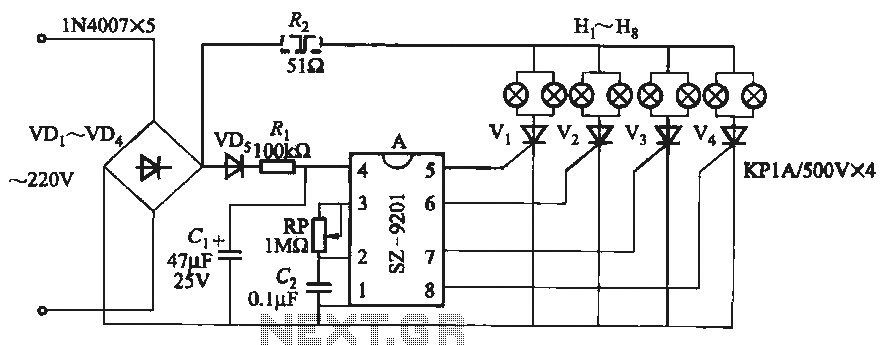
Interior lights
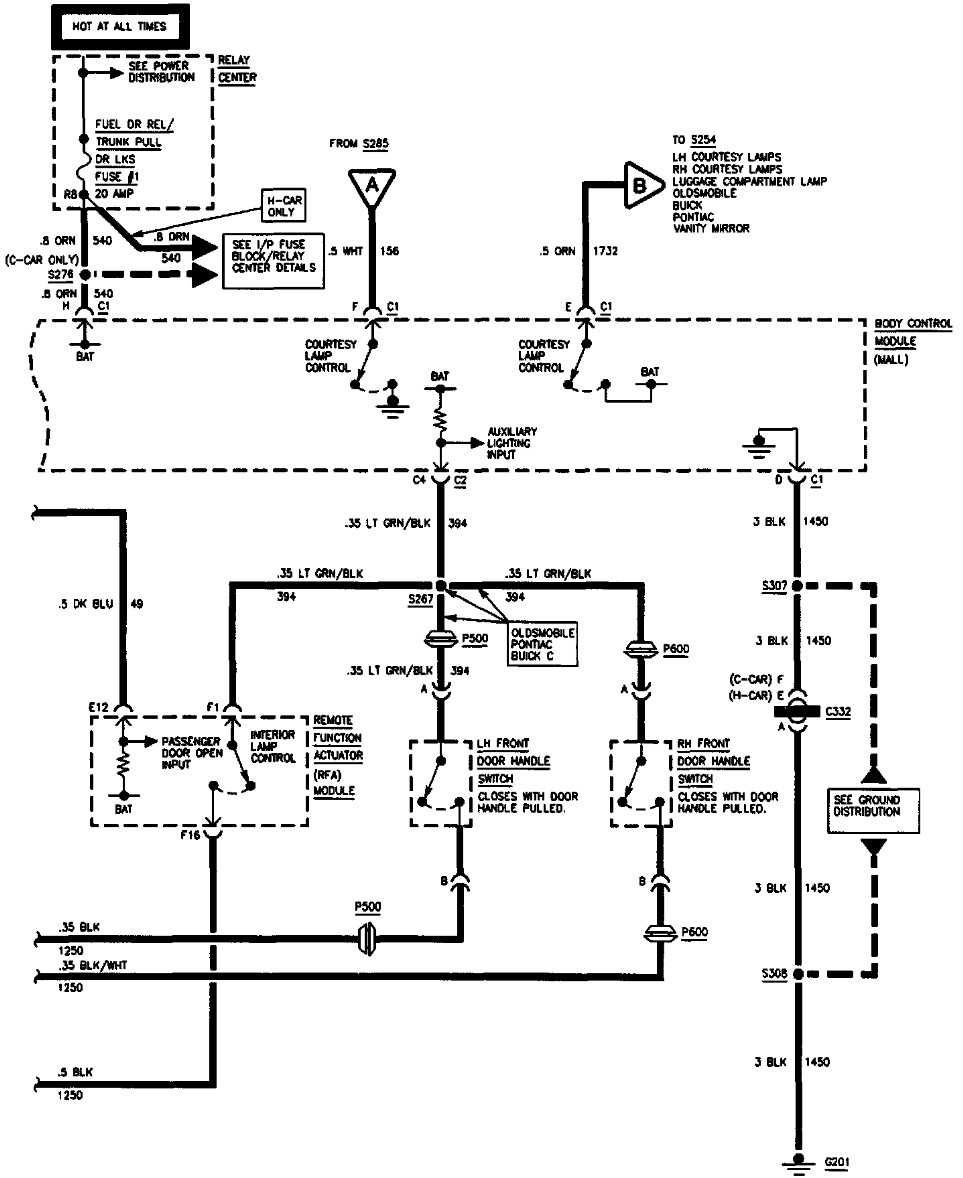
The interior lights activate when entering the car and often remain illuminated while driving. They turn off as expected when the key is removed and the doors are locked. The vehicle features "theatre lighting," causing the lights to stay on for 5-10 seconds before fading after the key is removed and the door is closed. Unlike another GM vehicle, which turns off the interior lights instantly when the doors are locked, this vehicle's lights continue to stay on for an extended period, suggesting a potential malfunction with one of the door switches. There is a feature designed to turn off the lights to save battery if the key is removed and the lights remain on for about 10 minutes. It is uncertain if there is a door open warning indicator in this model. The door latch may need replacement due to wear, as previous attempts to resolve the issue by replacing the door hinges did not yield results. The body control module, located under the passenger side dash, is the reference point for diagnosing the door signal.
The interior lighting system in the vehicle is designed to enhance user convenience and safety. The "theatre lighting" feature is intended to provide a gradual dimming effect, contributing to an aesthetically pleasing experience when entering or exiting the vehicle. The lights should ideally turn off shortly after the doors are closed, indicating that the vehicle is secure.
In the case of malfunction, it is essential to investigate the door switches, which are responsible for signaling the body control module regarding the door's status. If a switch is faulty, it may not communicate effectively with the module, leading to the lights remaining on longer than intended. Testing the switches for continuity can help determine if they are functioning correctly.
The body control module (BCM) plays a critical role in managing various electrical functions within the vehicle. Accessing the BCM will allow for a thorough diagnostic of the interior lighting system. The BCM can be checked for error codes or irregularities that might indicate an issue with the door switch inputs.
If the door latch is suspected to be worn, it is advisable to inspect it closely for any signs of damage or misalignment that could prevent it from properly signaling the door's closure. Replacing the latch may resolve the issue if it is determined to be the source of the problem. However, it is prudent to conduct a proper diagnosis before replacing parts to avoid unnecessary expenditures.
In summary, a systematic approach involving the inspection of door switches and the body control module should be undertaken to troubleshoot the interior lighting issue. If necessary, replacing the door latch could also be a viable solution if wear is confirmed.Interior lights come on when I enter the car, and most of the time do not go out while driving. Once I park the car and remove the key, the lights will go off like they are supposed to. how do fix this problem in an otherwise fabulous car When you get out and take the key out of the ignition, do the lights turn off immediately when you close & lock the doors, or do they take a while to turn off Yes, all of the interior lights come on. The headlight switch has no effect on them. This Buick has the "theatre lighting", so when you take the key out of the ignition, get out and close the door, the lights remain on for 5-10 seconds and then they fade to off. I have a similar GM vehicle, and when I get out and use the remote to lock the doors, the interior lights will turn off "instantly" (when I lock the doors).
Does yours to the same thing, or continue to have the fade Well, I had to go out and test that. The results were that the lighting all remained on when I used the remote. In fact they were still on when I quit timing them at over a minute. But we know it will eventually go out. It almost sounds like you have one of the door switches not working because the description says that the interior lights are supposed to go down (dim) after about 25 seconds of the doors all being closed. There is also a "feature" that is supposed to turn out the interior lights, to save the battery, if the key is removed and the lights are not turned off after about 10 minutes.
But I would think there would be a warning indicator that a door is open. I am not sure if that year has such an indicator, so I will have to check. OK, I think I understand what the problem (may be). But what I don`t understand is exactly what it is that I need to do to actually fix the problem. Should I replace the door latch (on the door frame) I wouldn`t want you to change a part that has not been tested to see if it was bad. But if you have been having problems with a particular part, and you think that is causing the problem, then you could change it, especially if it is not too expensive and not a lot of work.
If it was me, I would verify that the problem is the signal from the door. I would do that at the body control module, which is located on the passenger side of the car, under the dash. It is referred to as the "MALL" in the following diagram. Thank you so much, Greg. Although we have not fully corrected the problem, at least we know now where to start, and the proper steps to take.
We adjusted the door latch a little more and now, at least more often, the lights go out as they should. The door latch is slightly worn. We had already replaced the hinges on the door a couple of months ago, thinking that those were causing the problem.
So, we are going to see if we can locate a latch that is in better condition, and go from there. Ask-a-doc Web sites: If you`ve got a quick question, you can try to get an answer from sites that say they have various specialists on hand to give quick answers. Justanswer. com. Traffic on JustAnswer rose 14 percent. and had nearly 400, 000 page views in 30 days. inquiries related to stress, high blood pressure, drinking and heart pain jumped 33 percent. 🔗 External reference
The interior lighting system in the vehicle is designed to enhance user convenience and safety. The "theatre lighting" feature is intended to provide a gradual dimming effect, contributing to an aesthetically pleasing experience when entering or exiting the vehicle. The lights should ideally turn off shortly after the doors are closed, indicating that the vehicle is secure.
In the case of malfunction, it is essential to investigate the door switches, which are responsible for signaling the body control module regarding the door's status. If a switch is faulty, it may not communicate effectively with the module, leading to the lights remaining on longer than intended. Testing the switches for continuity can help determine if they are functioning correctly.
The body control module (BCM) plays a critical role in managing various electrical functions within the vehicle. Accessing the BCM will allow for a thorough diagnostic of the interior lighting system. The BCM can be checked for error codes or irregularities that might indicate an issue with the door switch inputs.
If the door latch is suspected to be worn, it is advisable to inspect it closely for any signs of damage or misalignment that could prevent it from properly signaling the door's closure. Replacing the latch may resolve the issue if it is determined to be the source of the problem. However, it is prudent to conduct a proper diagnosis before replacing parts to avoid unnecessary expenditures.
In summary, a systematic approach involving the inspection of door switches and the body control module should be undertaken to troubleshoot the interior lighting issue. If necessary, replacing the door latch could also be a viable solution if wear is confirmed.Interior lights come on when I enter the car, and most of the time do not go out while driving. Once I park the car and remove the key, the lights will go off like they are supposed to. how do fix this problem in an otherwise fabulous car When you get out and take the key out of the ignition, do the lights turn off immediately when you close & lock the doors, or do they take a while to turn off Yes, all of the interior lights come on. The headlight switch has no effect on them. This Buick has the "theatre lighting", so when you take the key out of the ignition, get out and close the door, the lights remain on for 5-10 seconds and then they fade to off. I have a similar GM vehicle, and when I get out and use the remote to lock the doors, the interior lights will turn off "instantly" (when I lock the doors).
Does yours to the same thing, or continue to have the fade Well, I had to go out and test that. The results were that the lighting all remained on when I used the remote. In fact they were still on when I quit timing them at over a minute. But we know it will eventually go out. It almost sounds like you have one of the door switches not working because the description says that the interior lights are supposed to go down (dim) after about 25 seconds of the doors all being closed. There is also a "feature" that is supposed to turn out the interior lights, to save the battery, if the key is removed and the lights are not turned off after about 10 minutes.
But I would think there would be a warning indicator that a door is open. I am not sure if that year has such an indicator, so I will have to check. OK, I think I understand what the problem (may be). But what I don`t understand is exactly what it is that I need to do to actually fix the problem. Should I replace the door latch (on the door frame) I wouldn`t want you to change a part that has not been tested to see if it was bad. But if you have been having problems with a particular part, and you think that is causing the problem, then you could change it, especially if it is not too expensive and not a lot of work.
If it was me, I would verify that the problem is the signal from the door. I would do that at the body control module, which is located on the passenger side of the car, under the dash. It is referred to as the "MALL" in the following diagram. Thank you so much, Greg. Although we have not fully corrected the problem, at least we know now where to start, and the proper steps to take.
We adjusted the door latch a little more and now, at least more often, the lights go out as they should. The door latch is slightly worn. We had already replaced the hinges on the door a couple of months ago, thinking that those were causing the problem.
So, we are going to see if we can locate a latch that is in better condition, and go from there. Ask-a-doc Web sites: If you`ve got a quick question, you can try to get an answer from sites that say they have various specialists on hand to give quick answers. Justanswer. com. Traffic on JustAnswer rose 14 percent. and had nearly 400, 000 page views in 30 days. inquiries related to stress, high blood pressure, drinking and heart pain jumped 33 percent. 🔗 External reference
